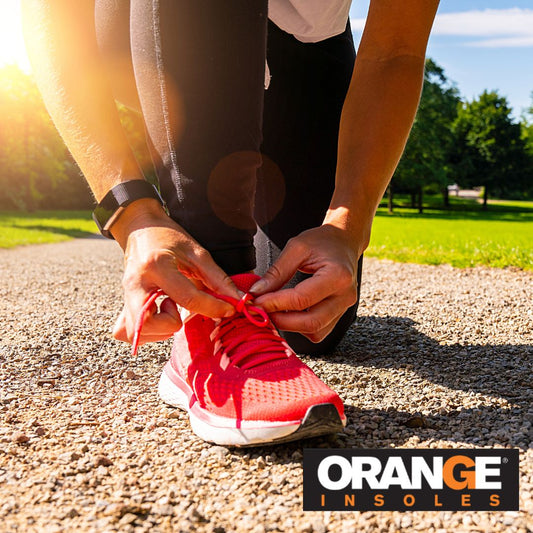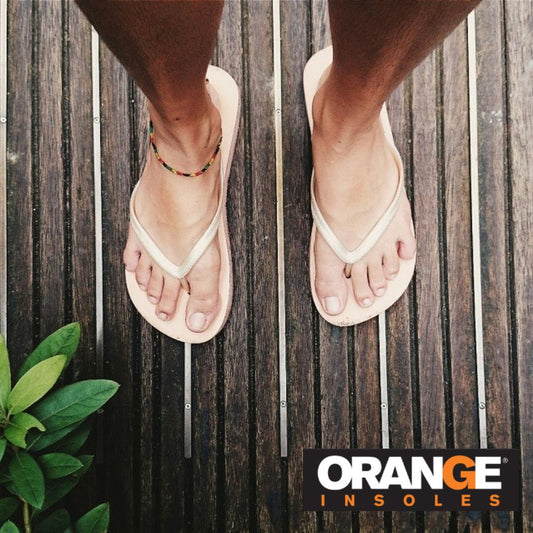We all know the song, right?
“The hip bone's connected to the back bone
The back bone's connected to the neck bone,
The neck bone's connected to the head bone…”
But what got left out of that song is that fact that those bones are connected to muscle tissue and those muscles are bound together by fascia and muscles impact our nerves, discs and other structures in our body. This series of connection is why we talk about alignment so much. But just like that song leaves out a lot of information, when we talk about alignment we tend to leave out its impact on our muscles and the impact our muscles have on the rest of our body.
Alignment and Our Muscles
Here’s a quick summary of how those problems occur. We all favor one side of our body over the other. Throughout our everyday activities, that side gets worked more than the other. We lift stuff with our right side, lean on our right elbow, use our right arm to open pickle jars…our favored side gets quite the workout. When certain muscles get overworked, they get long and overstretched and too tight. Other muscles, like our hip flexors when we sit, tend to get short and contracted from not enough use.
Both of these situations will cause pain and muscle tightness but those too short or too long muscles will also pull on the bones to which they are attached leading to…yup, misalignment. And misalignment can cause us to favor one side over the other and…well, you know the rest of the story.
Since we know how important proper alignment is, we’ve talked about stretches and exercises that will help you straighten out. The challenge is that fixing your alignment does not automatically fix muscle imbalances caused by favoring one side of the body.
So to help with this type of imbalance, we’ve got some unilateral exercises that can help.
Unilateral Exercises for Alignment
Unilateral exercises work one side of the body at a time, helping to correct the muscle imbalances created by misalignment.
One-Legged Squat
Unilateral Shoulder Press
Forward Lunge
Lunges can be difficult and you can hurt yourself without proper form. This video highlights that form.
Single-Leg Vertical Jump
If you experience chronic pain or even headaches, there’s a good chance that muscle imbalances caused by misalignment (or vice versa) could be the cause. Training unilaterally can actually benefit both sides of your body, not just the side you’re focusing on. Several studies also confirm that training unilaterally leads almost magically to increased strength gains in both sides.
Unilateral training also:
- Prevents injury
- Improves stability and balance
- Increases core strength
So, after you do your alignment exercises and verify you’re back in alignment, don’t forget to work on muscles imbalances in order to hold that alignment and prevent injury.
And if you’re doing the work, don’t ruin the progress you’ve made by wearing shoes that are uncomfortable or don’t support you. On and off the workout mat, make sure your shoes are giving you a strong base by inserting Orange Insoles into your running, workout, or every day shoes.

























































